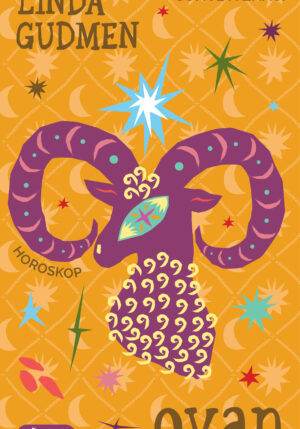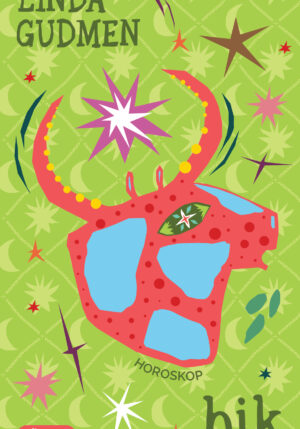2.200,00 RSD Originalna cena je bila: 2.200,00 RSD.1.760,00 RSDTrenutna cena je: 1.760,00 RSD.
| Autor | Žarko V. Obradović |
| Broj strana | 506 |
| Format | 170 x 240 mm |
| Godina | 2015 |
| Pismo | Latinica/Engleski jezik |
| Povez | Tvrd |
The monograph entitled “Minority Groups in the Balkans” was published in Serbian in 2002. There are three major reasons why this study is being published in the English language a decade later. The Balkans has been constantly in the focus of interest of the international community. It is exactly the ethnic mosaic and numerous, often dramatic events that were the primary cause of such interest, which was additionally incited by the overarching context of globalization, European integrations and democratization. It is our predominant impression that it is the black and white picture of the Balkans and of the peoples living in the Balkans that dominates the media and the scientific works. Unfortunately, this picture has been predominantly drawn in different shades of the black colour and represented in the expression “the Balkan powder keg”, and by far less in the brighter colours that can allow us to see the Balkans as a role model of multiculturalism and harmonic multiethnicity with everything that this notion implies. In these restrictive approaches, studies focused on the situation in the Balkans lack the nuances, numerous aspects and details, especially those related to ethnic identities, complexity of relations within and among individual ethnic communities, both in individual nations and in their mutual relations and in their relations towards certain national minorities and especially towards certain ethnic groups, on conditions that shaped these relations and on the tendencies in these interethnic relations under changeable circumstances. This study is highlighting exactly that entangled coil, and the aspects, which are, in our opinion, insufficiently represented in studies published on this topic in the English language.
| Godina izdavanja | |
|---|---|
| Žanr | |
| Autori |





Od Vranja do Harbina - sećanja
990,00 RSD Originalna cena je bila: 990,00 RSD.792,00 RSDTrenutna cena je: 792,00 RSD.


550,00 RSD Originalna cena je bila: 550,00 RSD.440,00 RSDTrenutna cena je: 440,00 RSD.